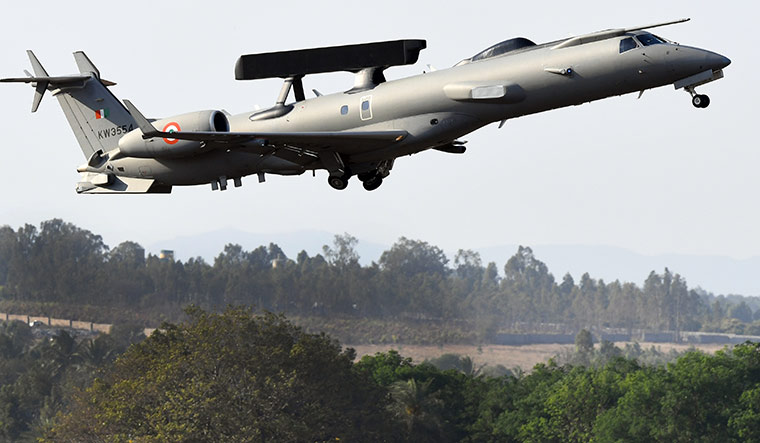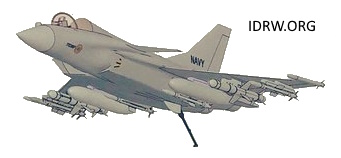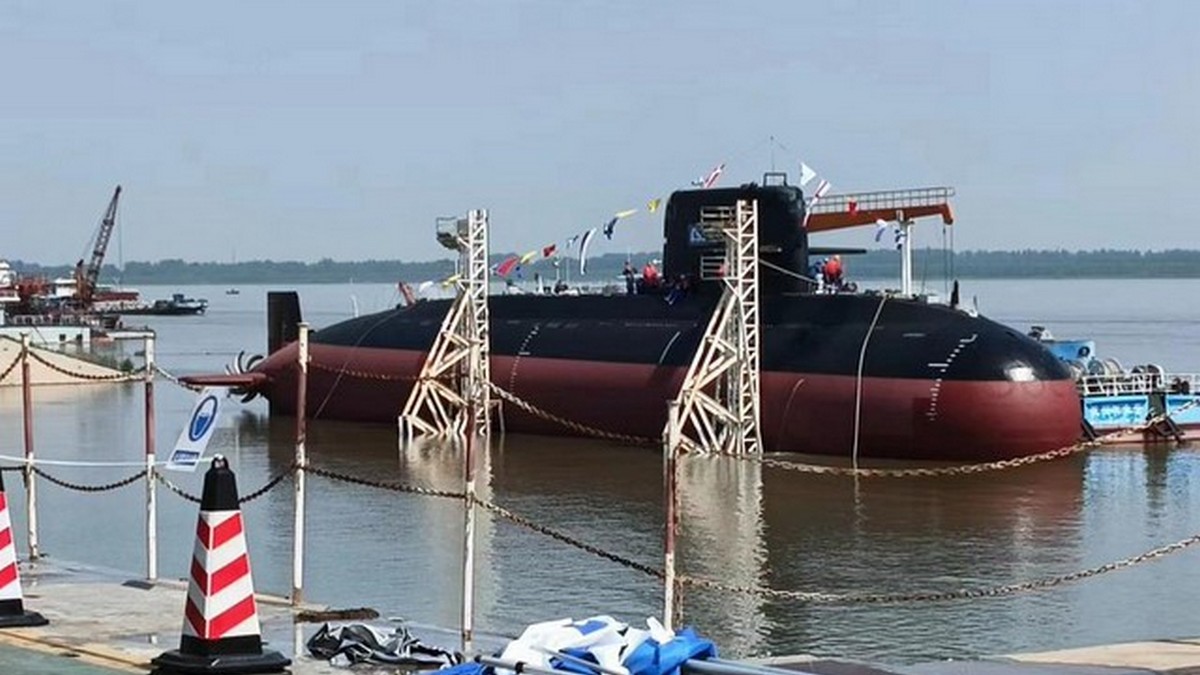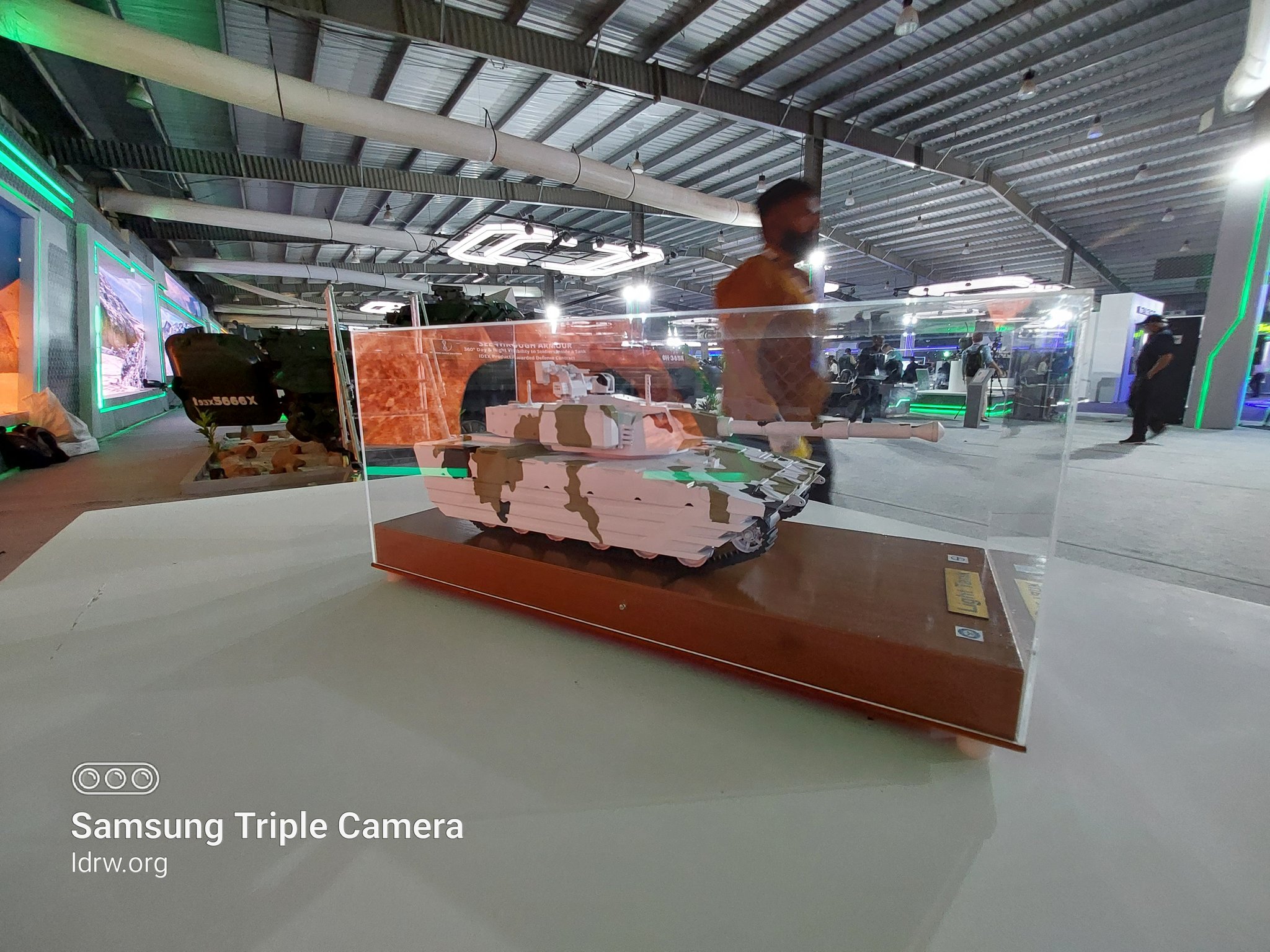AFI
SOURCE: AFI

Pinaka Aerospace has taken a leap forward in the development and testing of airborne surveillance systems with their innovative Mission Systems Integration Rig. This comprehensive solution empowers engineers to streamline the entire process, from concept to realization.
The rig acts as a one-stop shop for developing, integrating, testing, and evaluating the mission avionics of airborne surveillance systems. This allows research and development (R&D) teams to finalize system architectures for various surveillance platforms, ensuring optimal performance and functionality.
Continue readingSOURCE: AFI

Bharat Electronics Limited (BEL), a leading Indian defense electronics company, is actively showcasing its capabilities at the Black Sea Defence and Aerospace (BSDA 2024) exhibition currently underway in Bucharest, Romania. This premier event provides BEL with a strategic platform to connect with potential customers and establish its position as a key supplier of advanced defense electronics.
The importance of BEL’s participation at BSDA 2024 was further underlined by the visit of His Excellency Shri Rahul Shrivastava, the Indian Ambassador to Romania. During his visit, Ambassador Shrivastava toured the BEL stall and received a comprehensive briefing from Mr. Anoop Kumar Rai, Chief Scientist (CRL-Ghaziabad). This high-level engagement signifies the Indian government’s support for BEL’s endeavors in the international defense market.
Continue readingSOURCE: AFI

India’s quest for aerial dominance takes a new turn with the Twin Engine Deck Based Fighter (TEDBF) program. This indigenous project, spearheaded by the Aeronautical Development Agency (ADA), will see a next-generation fighter jet specifically designed for India’s aircraft carriers.
The TEDBF is tasked with replacing the aging and accident-prone MiG-29K currently deployed on the INS Vikramaditya and INS Vikrant. But unlike its predecessor, the TEDBF promises to be a game-changer. ADA officials confirmed to idrw.org that the fighter will be imbued with cutting-edge 5th-generation technologies, mirroring those under development for the AMCA, India’s advanced medium combat aircraft program.
Continue readingSOURCE: AFI
)
The Indian Ocean is witnessing a simmering naval arms race between India and Pakistan, with China emerging as a key player supplying military equipment to both sides. This escalating rivalry is raising concerns about regional stability.
Pakistan recently bolstered its naval arsenal with the launch of its first Hangor-class submarine, a vessel based on a Chinese design and potentially equipped with nuclear missiles. This move comes amidst heightened tensions following India’s successful test of a new anti-submarine warfare (ASW) weapon.
Continue readingSOURCE: AFI

The Folland Gnat and the HAL Ajeet were both nimble fighter jets that played significant roles in the Indian Air Force’s history. While they may appear similar at first glance, some key distinctions set them apart. Let’s delve into the world of these remarkable aircraft and explore the evolution from Gnat to Ajeet.
The Folland Gnat, designed by Teddy Petter, was a revolutionary aircraft for its time. Developed in the 1950s, it defied the trend of larger, heavier fighters by focusing on agility and affordability.
Continue readingSOURCE: AFI

Indian defense innovator NextLeap Aeronautics took the stage at the UAS & C-UAS India 2024 event, held at the Kothari Auditorium, DRDO Bhawan, New Delhi. The company proudly unveiled its latest creation, the Black Drongo, a testament to their dedication to bolstering India’s defense capabilities.
The Black Drongo, named after the tenacious Indian bird known for its aerial prowess, embodies NextLeap Aeronautics’ commitment to developing homegrown defense solutions. This innovative unmanned aerial system (UAS) signifies a significant step forward in empowering Indian soldiers with cutting-edge technology.
Continue readingSOURCE: AFI

Tata Advanced Systems Limited (TASL), a leading player in India’s aerospace and defense sector, has announced a significant advancement in its manufacturing capabilities. The company’s Nagpur facility has been bolstered with the integration of two key technologies: 5-axis routing and Sheet Stretch Forming.
This move underscores TASL’s commitment to continuous improvement and its focus on complex metallic technologies. The addition of these technologies positions TASL as an even more attractive partner for global Original Equipment Manufacturers (OEMs).
Continue readingSOURCE: AFI

In a bid to woo the Indian Air Force (IAF) for the massive Multi-Role Fighter Aircraft (MRFA) tender, Boeing is making a two-pronged approach. They’ve not only offered their top-of-the-line weapon systems with the F-18E/F and F-15EX fighter jets, but are also surprisingly open to integrating Indian-made weapons.
This openness to integrating indigenous weaponry like the Astra Beyond Visual Range Air-to-Air Missile (BVRAAM), Smart Anti-Airfield Weapon (SAAW), and Next-Generation Anti-Ship Missile (NASM-MR) could be a significant advantage for Boeing in the competitive MRFA race.
Continue readingSOURCE: AFI

The recent agreement between India and the Philippines for the supply of BrahMos supersonic cruise missiles marks a significant development in regional security dynamics. While the deal strengthens India’s defense export ambitions, analysts believe it could also send a strategic message to other Southeast Asian nations.
The Philippines aims to integrate the BrahMos missiles into its shore-based anti-ship defense systems. This acquisition will significantly enhance the Philippines’ maritime defense capabilities in the face of territorial disputes with China in the South China Sea.
Continue readingSOURCE: AFI

ideaForge Technology Limited, a leading force in global drone technology, has unveiled the beta launch of its revolutionary Flyght Cloud platform. This groundbreaking innovation promises to redefine the way businesses leverage drone data, ushering in a new era of streamlined workflows and powerful insights.
Flyght Cloud tackles the challenges that often plague drone data management. Gone are the days of juggling multiple vendors, navigating complex regulations, and struggling with inefficient workflows. Flyght Cloud offers a subscription-based model, providing flexibility and affordability for businesses of all sizes. Tailored workflows cater to specific industries and use cases, ensuring a seamless fit for your needs.
Continue readingSOURCE: AFI

Get ready to be awestruck by the future of drone technology! Raphe mPhibr, a leading Indian drone manufacturer, is set to showcase its most innovative creations at Eurosatory 2024, the world’s premier land and air defense exhibition, held from June 17-21 in Paris.
This Indian company has carved a niche for itself in the drone industry, constantly pushing boundaries with its cutting-edge technology. Eurosatory 2024 provides the perfect platform for Raphe mPhibr to unveil its latest advancements and engage with a global audience.
Continue readingSOURCE: AFI

Larsen & Toubro (L&T) has set the record straight on the design of the Zorawar light tank, being co-developed with the Defence Research and Development Organisation (DRDO).
JD Patil, Advisor to CEO and MD for L&T Defence Business and New Age Smart Technology Businesses, confirmed that the Zorawar light tank will not borrow the chassis or hull from the K9 Vajra howitzer. The K9 Vajra is a South Korean self-propelled artillery gun that L&T manufactures in India under a technology transfer agreement.
Continue readingSOURCE: AFI

Bengaluru-based space-tech startup GalaxEye has achieved a significant milestone, successfully conducting trials of its Synthetic Aperture Radar (SAR) technology on a High Altitude Pseudo-Satellite (HAPS) platform. This accomplishment positions GalaxEye as a frontrunner in the global race to integrate SAR payloads with HAPS platforms.
HAPS platforms are essentially long-endurance drones that operate in the stratosphere, offering extended aerial coverage compared to traditional aircraft. This makes them ideal for various applications, including surveillance, disaster response, and communication relay.
Continue readingSOURCE: AFI

The Indian government is set to commence construction on the ambitious Shinku La Tunnel by mid-September, marking a significant step in enhancing connectivity and strategic infrastructure in the region. The 4.1-kilometer tunnel, situated at an altitude of over 16,000 feet, will link Himachal Pradesh and Ladakh, providing an all-weather route that bypasses the challenging terrain of the existing mountain passes. This project is poised to bring substantial socio-economic and strategic benefits to the region.
One of the most notable advantages of the Shinku La Tunnel is the improvement in connectivity between Himachal Pradesh and Ladakh. Currently, the region faces considerable accessibility challenges, particularly during the winter months when heavy snowfall renders the mountain passes impassable. The tunnel will offer a reliable, year-round route, significantly reducing travel time and ensuring uninterrupted movement of goods and people.
Continue readingSOURCE: AFI

A Turkish Ak?nc? unmanned aerial vehicle (UAV) sparked debate after its search mission in Iran. The drone, deployed at Iran’s request to locate the wreckage of President Raisi’s helicopter, traced the star and crescent of the Turkish flag on its return path over Lake Van.
While some hailed it as a show of Turkish technological prowess and willingness to assist a neighbor, others criticized the move as a nationalistic stunt. The Turkish Ministry of Defense deployed the Ak?nc? alongside a night vision-equipped Cougar helicopter to aid in the search efforts. This collaboration was seen as a positive gesture by some, highlighting cooperation between the two nations.
Continue reading